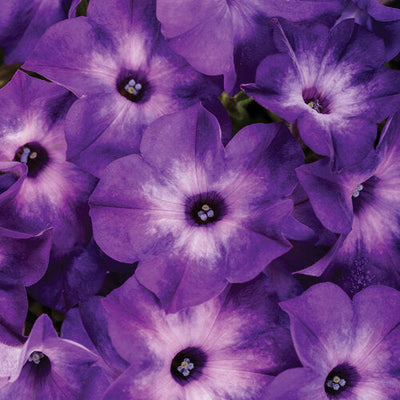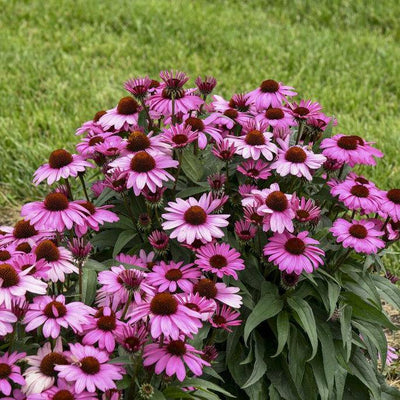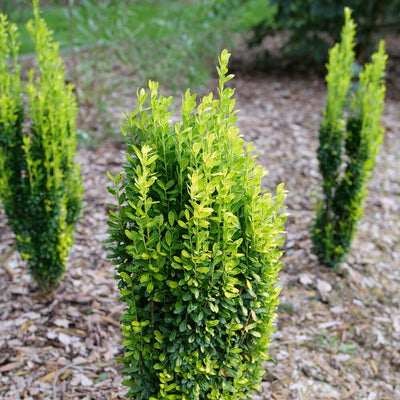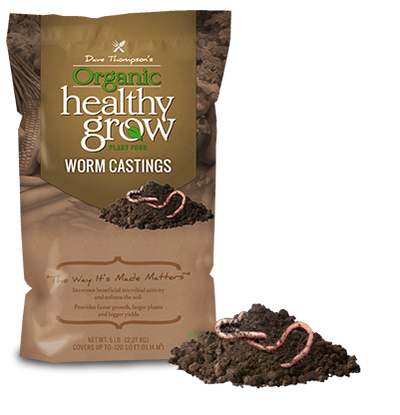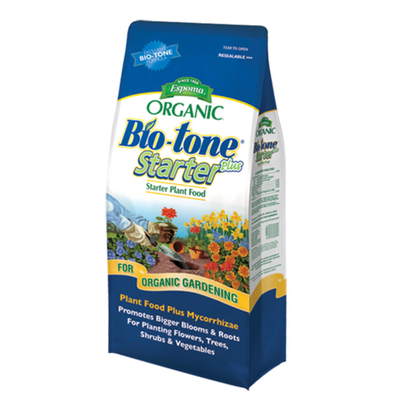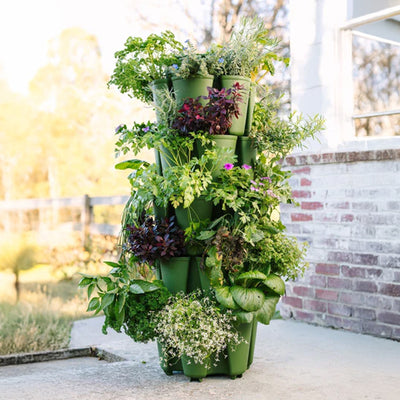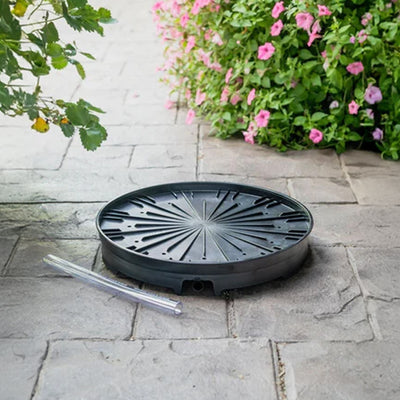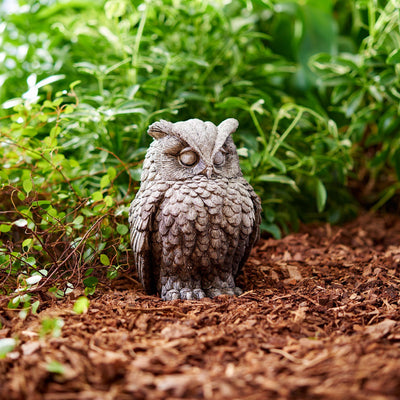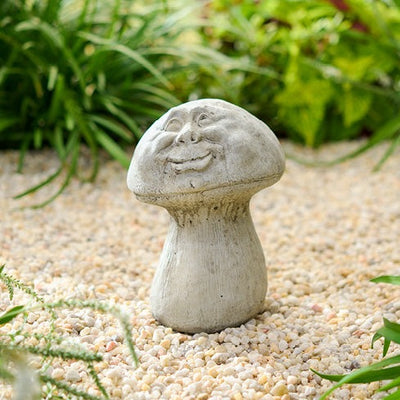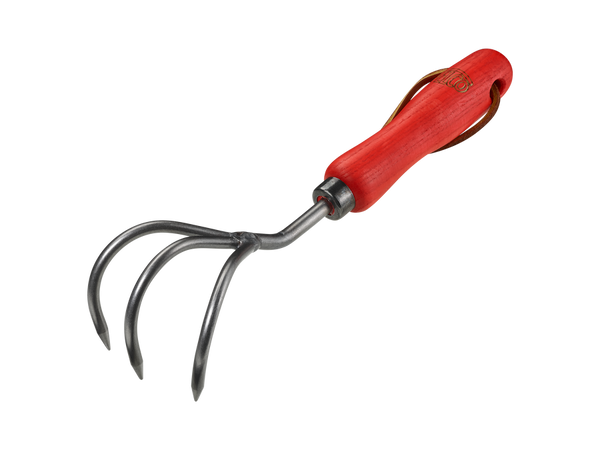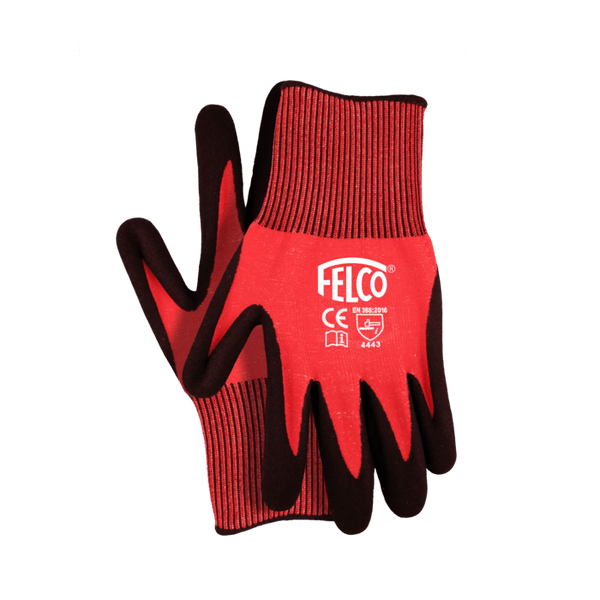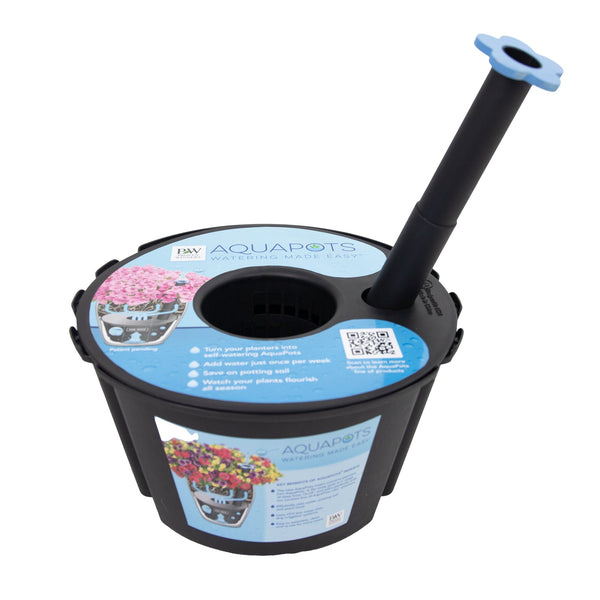BERRY POPPINS® Holly- Winterberry
Proven Winners is constantly working to refine and improve their offerings for the North American garden and to the nursery industry in using the best in new plant and production materials.

Features
Characteristics
Plant Needs
Winterberry holly is an awesome plant for winter landscapes, but many homeowners don't have room for a traditional variety. Berry Poppins® winterberry holly solves that, with a dwarf habit that can be used nearly anywhere. This deciduous holly loses its leaves every autumn but makes up for it with a heavy berry display that truly shines in the winter landscape. A male pollinator is required in order to set fruit; use Mr. Poppins® winterberry holly. Native to North America.
Top reasons to grow Berry Poppins® winterberry holly:
- Smaller than conventional winterberry hollies, so perfect for home landscapes
- Native plant attracts wildlife
- Super colorful berry display enlivens winter landscapes
- Best Seller
- Produces Berries
- Fall Interest
- Winter Interest
Characteristics
Plant Needs
Winterberry holly is an awesome plant for winter landscapes, but many homeowners don't have room for a traditional variety. Berry Poppins® winterberry holly solves that, with a dwarf habit that can be used nearly anywhere. This deciduous holly loses its leaves every autumn but makes up for it with a heavy berry display that truly shines in the winter landscape. A male pollinator is required in order to set fruit; use Mr. Poppins® winterberry holly. Native to North America.
Top reasons to grow Berry Poppins® winterberry holly:
- Smaller than conventional winterberry hollies, so perfect for home landscapes
- Native plant attracts wildlife
- Super colorful berry display enlivens winter landscapes
- Best Seller
- Produces Berries
- Fall Interest
- Winter Interest
